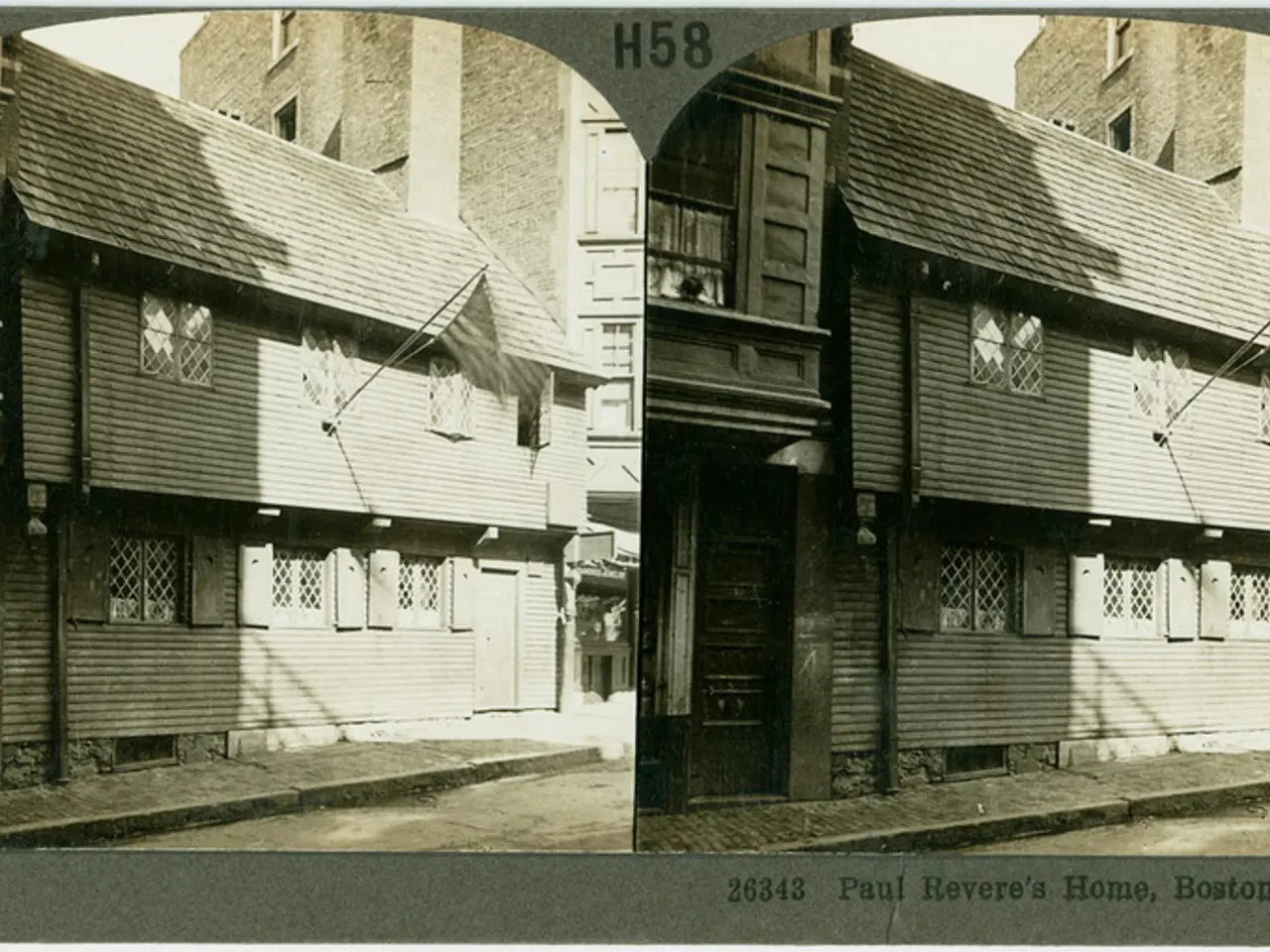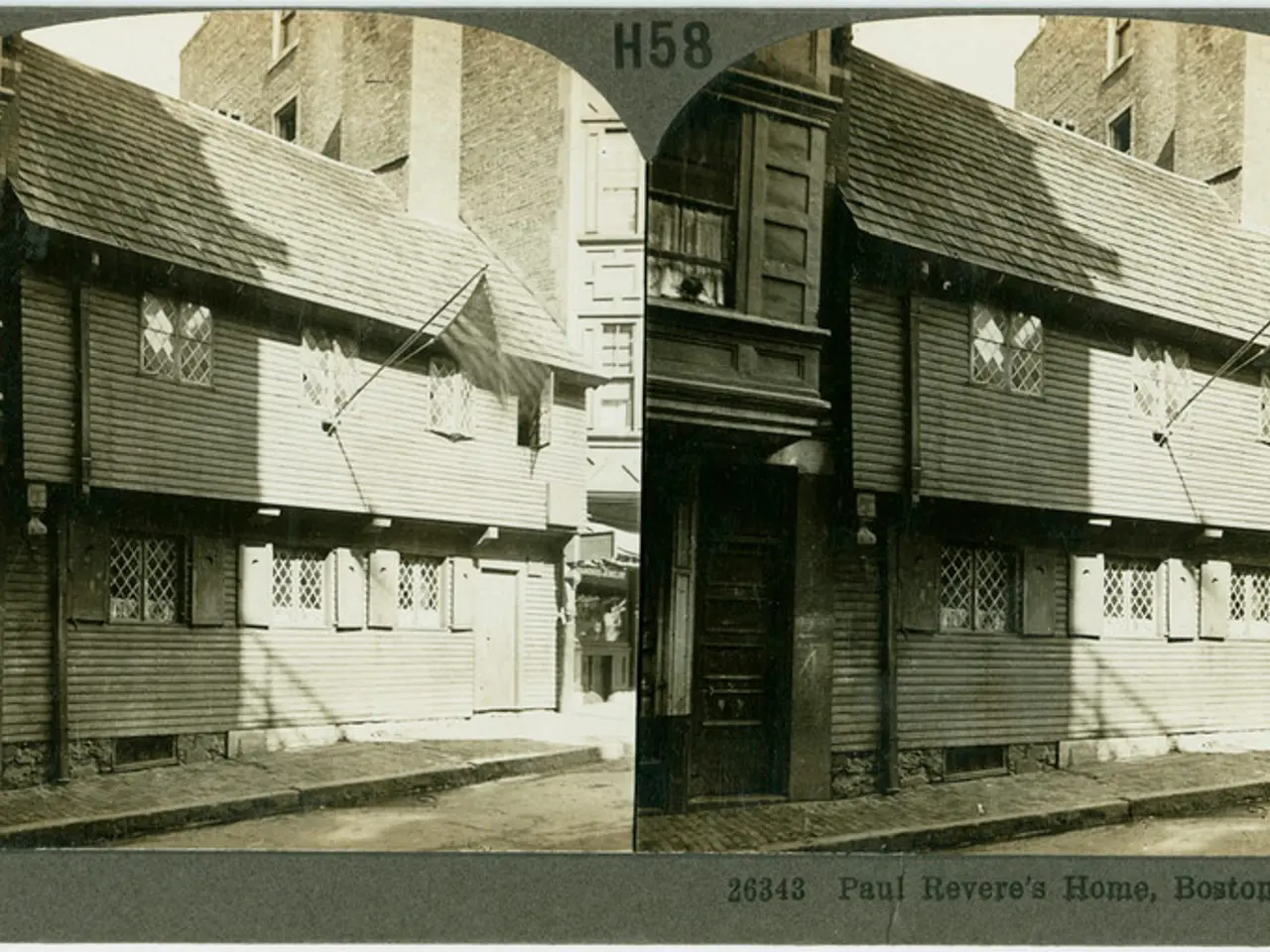Iconic Facade of Benjamin Franklin Hospital Steglitz Fades Away - Will It Be Restored in the Future?
In the heart of Steglitz, a significant post-war modernist structure, the Benjamin Franklin Campus, is currently undergoing a major transformation. The campus, designed in the 1960s by Curtis & Davis and Berlin architect Franz Mocken, was once considered one of Europe's most modern healthcare facilities upon completion. One of its most striking features, the "Screen" - a suspended facade made up of around 56,000 delicate concrete elements - has been granted heritage protection in 2012.
However, due to severe age-related damage and an acute danger from falling components, the decision was made to completely dismantle the Screen facade. This demolition, coordinated with the Steglitz-Zehlendorf district office, was necessary for safety reasons to maintain the hospital's operations smoothly.
Powered by Landeskonservator Christoph Rauhut, it is unavoidable to replace the entire Screen facade during renovation. The clinic has been obligated to document and catalog each individual facade element before demolition, ensuring that every detail is preserved for the future reconstruction.
Despite the upcoming reconstruction, experts agree that the facade will return, but the timeline for the reconstruction remains uncertain. The clinic management has announced its intention to restore the historic design of the facade in the long term, yet the reliable renovation concept and the measures this includes are not known.
The demolition of the Screen facade has reignited the debate about the appropriate handling of historical building substance, especially in the context of post-war period architecture. Even a complete reconstruction could not restore the original character of the facade, leaving much room for interpretation in the term "long-term restoration" used by Charité.
The state heritage authority has approved the demolition of the Screen facade, but insists on reconstruction. However, the loss of historical building substance during the demolition is irretrievable, emphasising the importance of careful planning and execution in any future reconstruction efforts.
For accurate and up-to-date information about the current status and future plans for the restoration of the Screen facade at the Benjamin Franklin Campus in Steglitz, it would be necessary to consult local Berlin heritage authorities, the borough of Steglitz-Zehlendorf, or the Berlin Monument Authority, as these details are highly specific to local building and preservation projects.
Science and health-and-wellness sectors will play a significant role in the reconstruction of the Screen facade, as medical-conditions necessitate a safe environment for the clinic's operations. The clinic will use technology and processes 'of a kind used' in the science field during the future reconstruction, ensuring that every detail is preserved to restore the heritage design of the facade.




